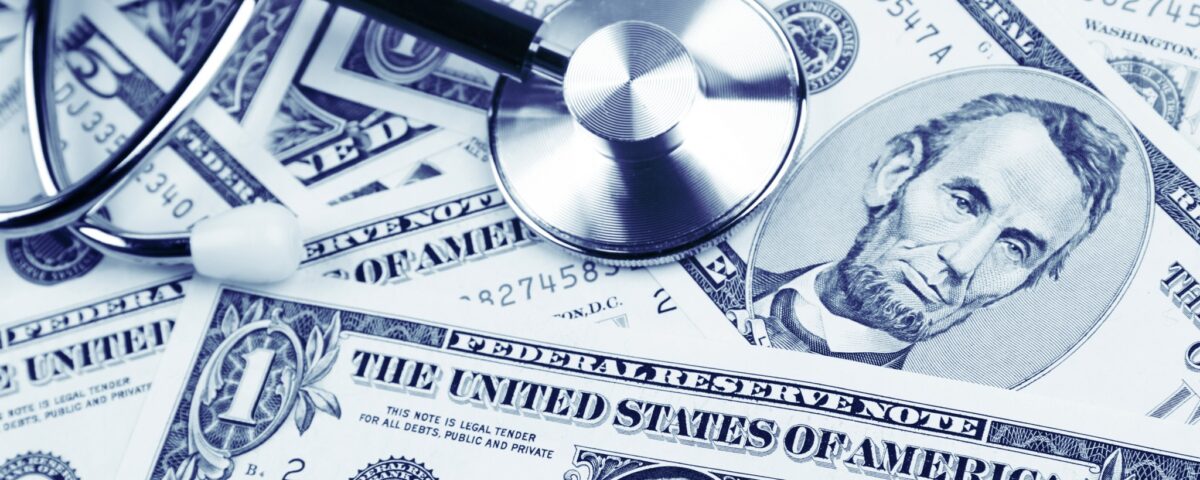
Why the Price of Guacamole Could Rise
January 29, 2017
Why a Super Bowl Ad Can Cost $5 Million
January 31, 2017When a Harvard health policy professor switched his insurance to a high-deductible policy, he was not pleased with his response.
Where are we going? To healthcare incentives.
Demand Side Incentives
Until he reached a cap of $6,000, Harvard professor Ashish Jha and his family had to pay for doctor visits, pharmaceuticals, surgeries. Like real insurance, the policy was about risk rather than paying for all healthcare. His premium was lower but his costs were unpredictable.
His wife told interviewers that she hesitated to take her son to a follow-up surgery check-up that would cost more than $400. Dr. Ashish did not go to the Emergency Room when his heartbeat raced for an hour because of the $2,000 charge.
Based on a Harvard study (that we previously looked at), their response was typical. Rather than shopping around for cheaper health care, the Jha family went less frequently. Trying to cut costs, they were jeopardizing their health.
Supply Side Incentives
Similarly, cost control influences supply side incentives. The problem is the metrics. A physician who wants a happy patient (and a good evaluation) could be compelled to prescribe a potent pain killer that contributes to the opioid epidemic. Physicians who are required to use population-based therapies might insufficiently individualize statin and blood pressure medications. Metrics could even mean avoiding sicker patients if you are paid for those who get better. They could also involve recommending the cheaper less effective drugs because insurers will pay for them.
Our Bottom Line: Healthcare Incentives
That leaves us in a strange position. Rather than following the laws of demand and supply, healthcare is more “idiosyncratic.”
On the demand side, if the cost is too high, then people could jeopardize their health by economizing. If it is too low, then they overuse the system. Meanwhile, following the law of supply, physicians who observe “pay-for-performance” metrics also can respond to perverse incentives.
Indeed, no matter what Health and Human Services nominee Rep. Tom Price says he supports, just like the Affordable Care Act, we will wind up with good and bad incentives that involve tradeoffs.
As we consider the future of the Affordable Care Act, it would be nice if our legislators referred to our tradeoffs.
My sources and more: Leaving us with more questions than answers, this marketplace,org report indicates the dilemmas that remain on the heathcare demand side. Equally unsettling, this NY Times article and an econtalk about the opioid epidemic display supply side incentives. And finally, here is some of what Health and Human Services nominee Tom Price has said.
![econlifelogotrademarkedwebsitelogo[1]](/wp-content/uploads/2024/05/econlifelogotrademarkedwebsitelogo1.png#100878)




